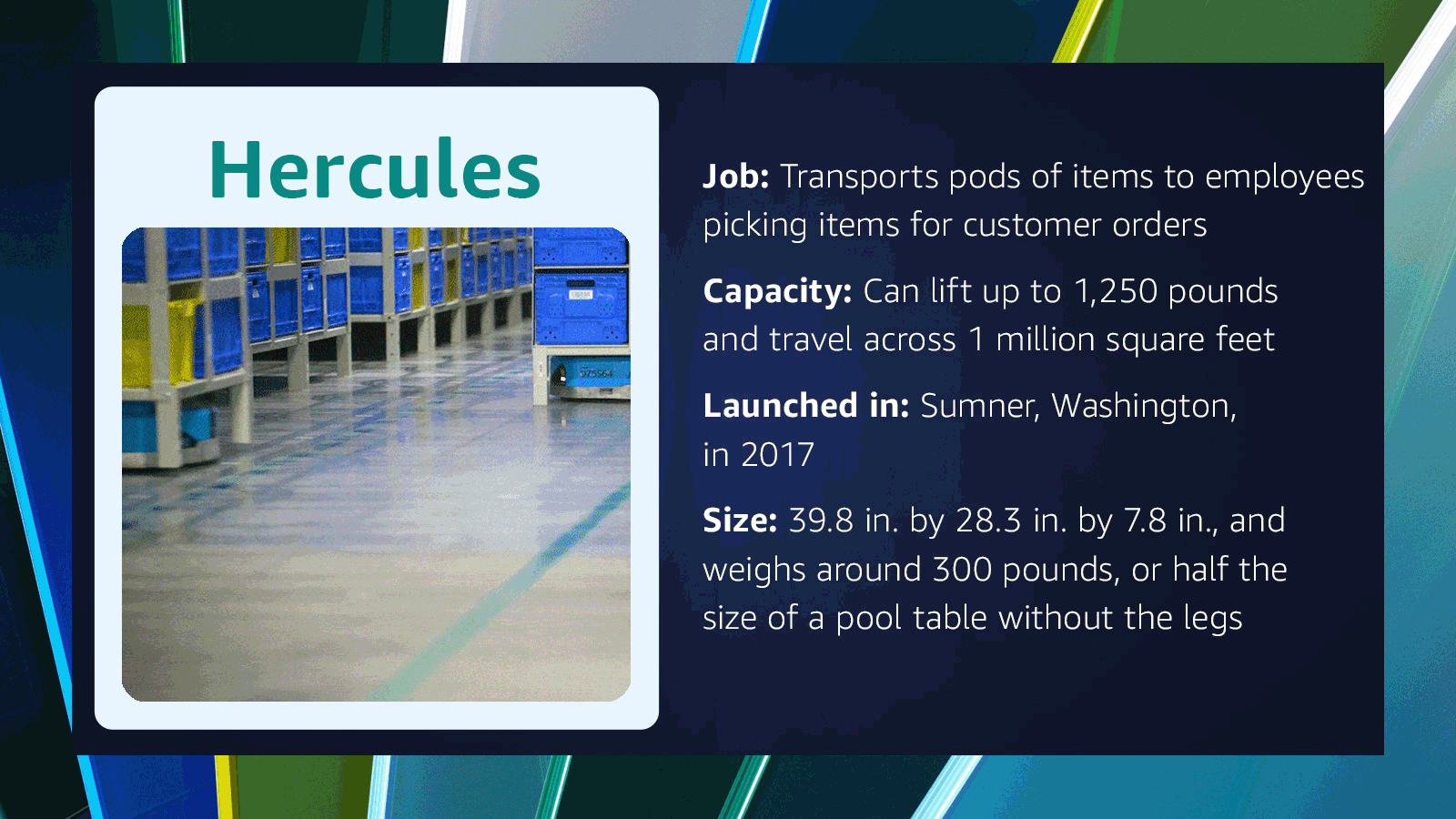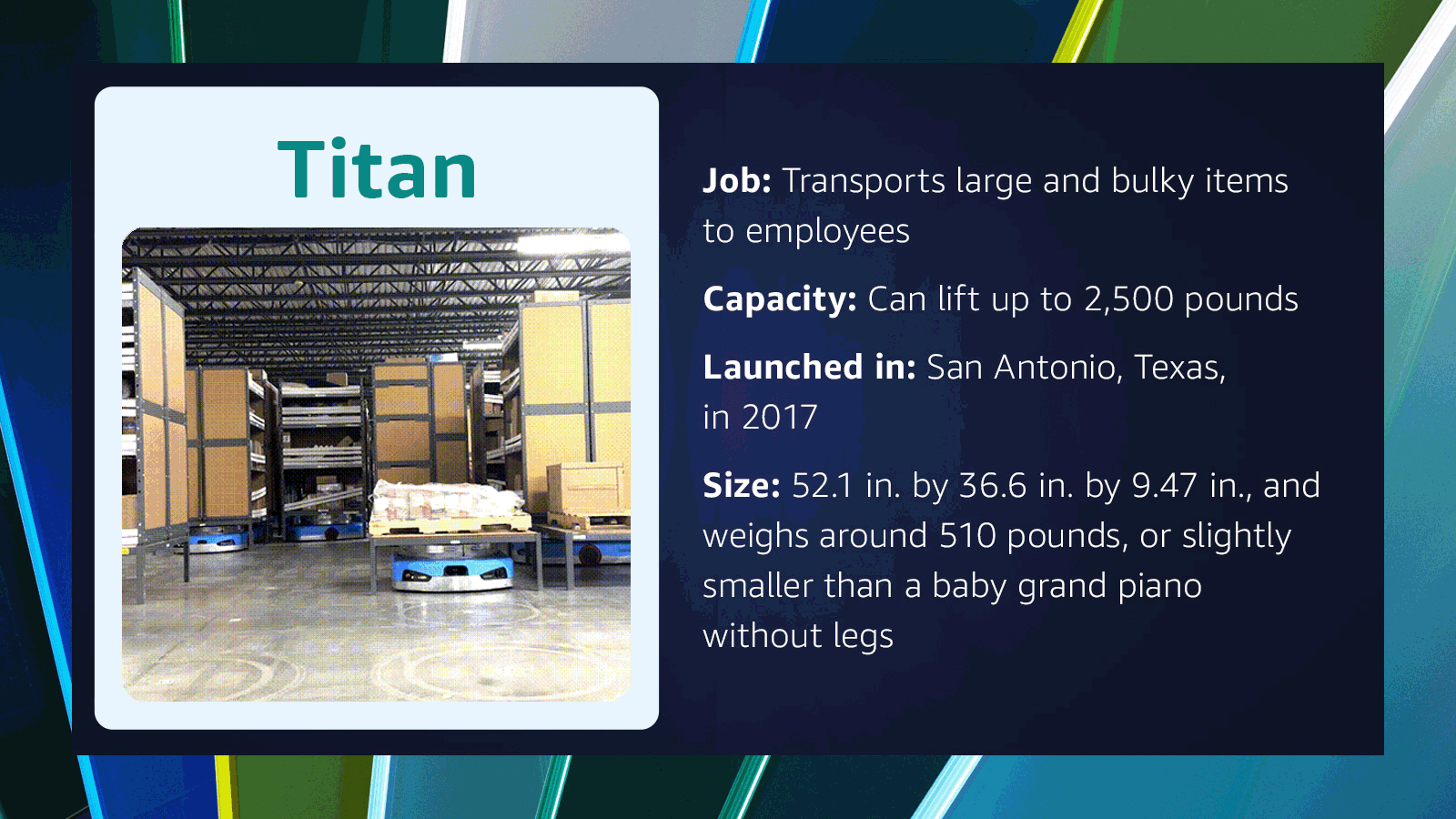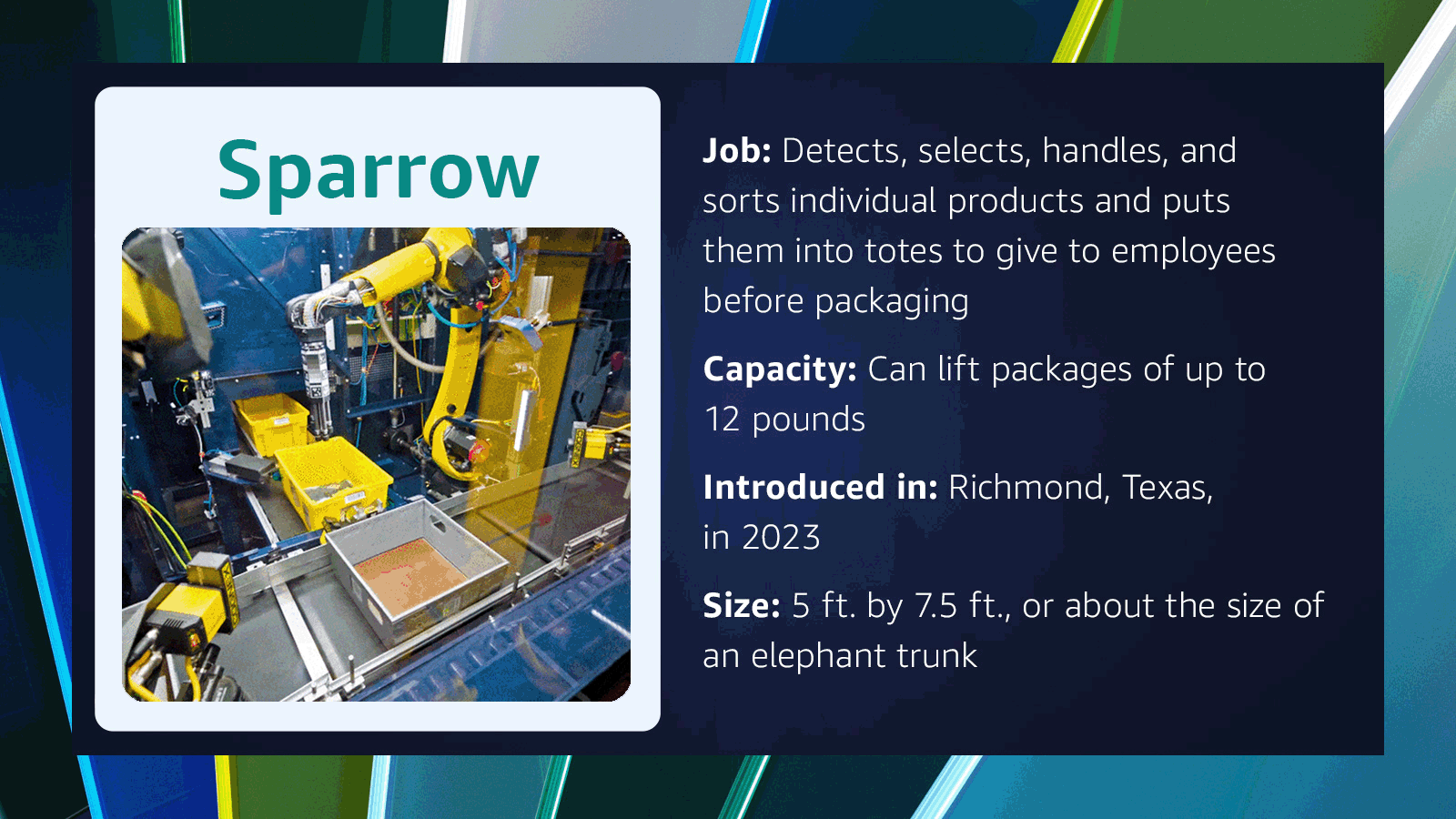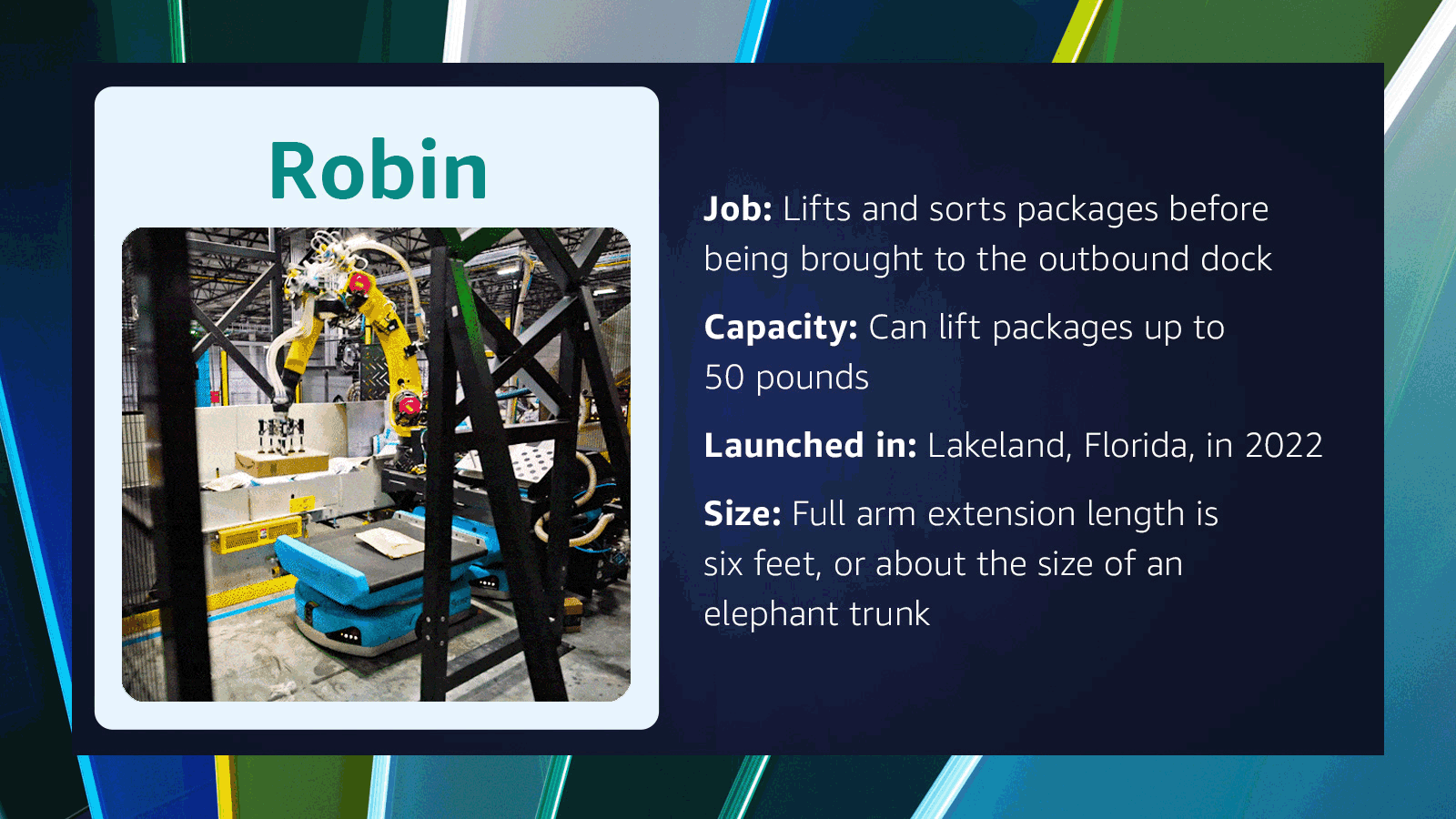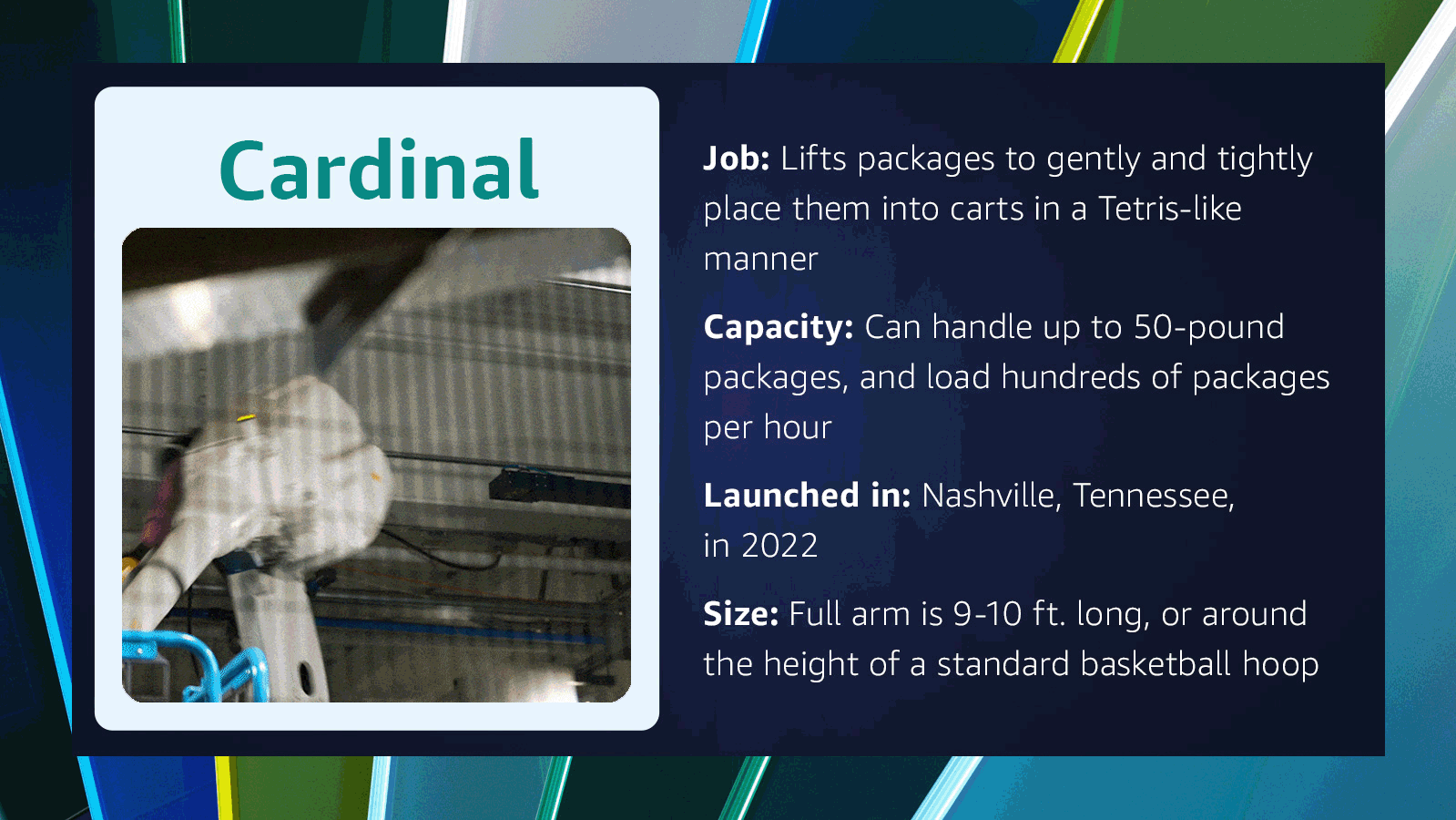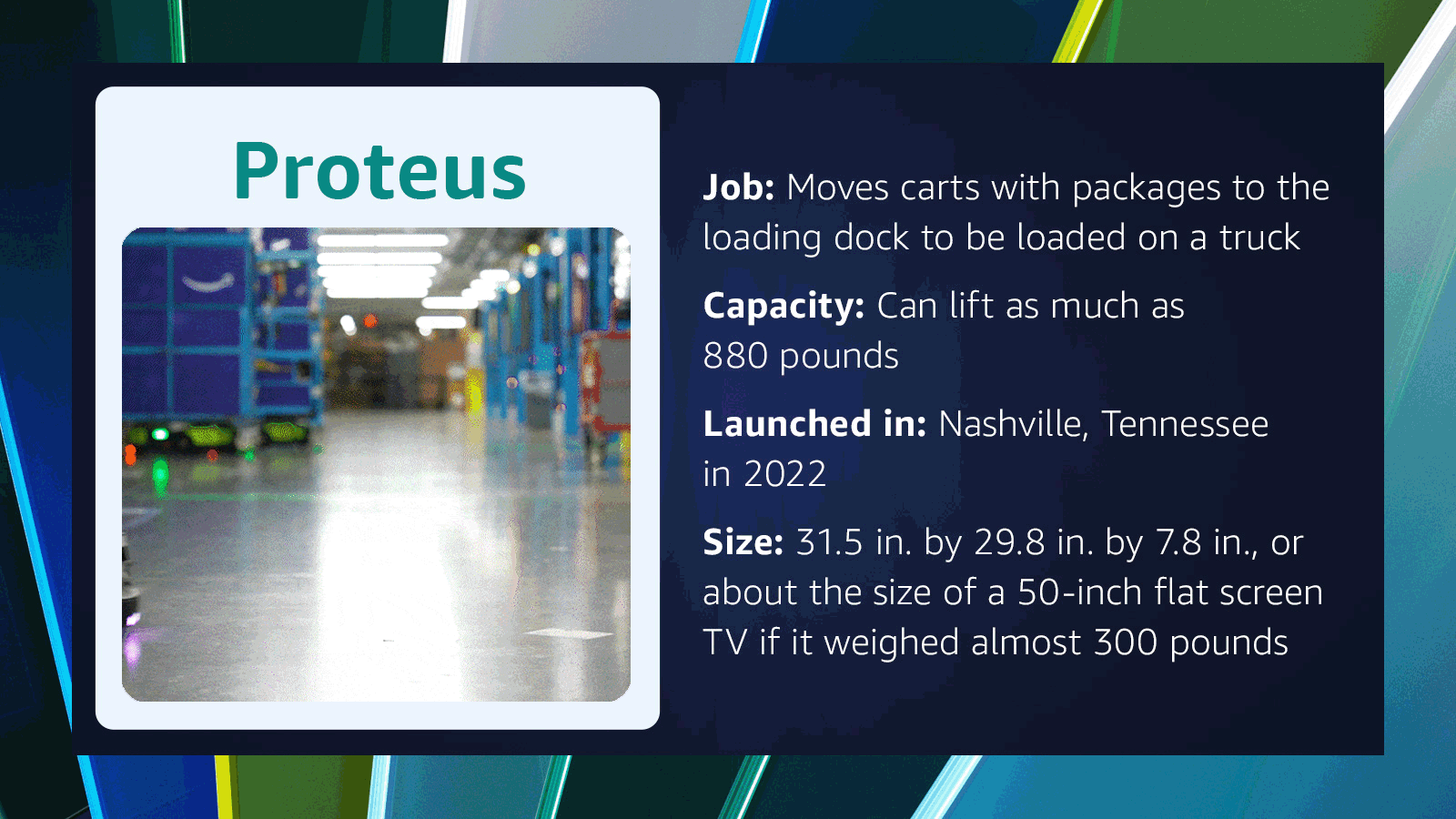Whether you need to fund a project or cover business expenses, there are plenty of financing options out there. Many small business owners turn to business loans and business lines of credit, the two most popular funding options in the Federal Reserve’s Small Business Credit Survey.
But what’s the difference between a business line of credit and a loan? A line of credit allows you to borrow up to your credit limit anytime during the draw period—which is why business owners often use it for covering periodic or emergency expenses. A business loan gives you the money upfront and comes with predictable payments, which you might opt for if you need a large amount for a specific purpose, such as investing in the business’s growth.
These financing options have other key differences as well as similarities. Here’s a breakdown to help you figure out which is right for you.
What is a business line of credit?
A business line of credit (LOC) is a flexible funding option that provides business owners with working capital on demand. It works like a credit card (i.e., you borrow funds up to your credit limit and pay interest only on the funds you withdraw). You can then choose whether to pay off some or all of the balance and borrow again as needed.
Lines of credit often come with a lower borrowing limit compared to what you can get with a business loan, and you may need to pay an annual fee and other costs. These loans usually come with variable interest rates that can rise or fall over the repayment term. That’s why this funding option is typically used by businesses that want ongoing access to financing to even out their cash flow gaps or to tap for emergency expenses.
What is a business loan?
A business loan is more straightforward than a line of credit. You receive the entire loan amount as a lump sum upfront, then repay the balance through installment payments—usually over a few years. Interest rates tend to be fixed and won’t change as you pay off the balance. Unlike a line of credit, you’ll need to apply for more funding if you want to borrow more. Companies that need financing for a specific project, investment, or acquisition might opt for a business loan.
Manage your money where you make it with Shopify Balance
Shopify Balance is a free financial account that lets you manage your business’s money from Shopify admin. Pay no monthly fees, get payouts up to seven days earlier, and earn cashback on eligible purchases.
Discover Shopify Balance
Business line of credit vs. loan: What’s the difference?
- Amount borrowed
- Fees and interest
- Repayment terms
- Collateral
- Personal guarantee
- Eligibility criteria
Both financing options can provide funds to cover business expenses, but they vary in a few key ways. Let’s dive into the similarities and differences between a business line of credit and a loan.
Amount borrowed
Lines of credit come with a trade-off: a lower borrowing limit (compared with term loans) in exchange for the ability to access your funds repeatedly over the draw period. Borrowing limits often come out to around $250,000 with a draw period of about three to five years.
Business term loans often provide up to $500,000, but some lenders extend much larger loans. For example, some loans backed by the Small Business Administration (SBA loans) reach $5 million.
Fees and interest
Borrowers pay interest, the main cost of borrowing money, on both financing options. Interest is usually expressed as an annual percentage rate, or APR, and acts as compensation for a lender taking on the risk to provide a loan. A higher interest rate results in higher borrowing costs and vice versa.
Lines of credit often come with variable interest rates, while term loans are typically fixed. In a 2024 Federal Reserve study, APRs were slightly lower on lines of credit compared to term loans. An additional benefit: You’ll only pay interest on the funds you draw with a line of credit.
Both loans and lines of credit may also charge fees, such as origination fees, prepayment penalties, and late fees. But lines of credit may come with additional charges, such as annual, inactivity, or per-draw fees.
Repayment terms
With a business loan, you’ll pay off the debt in set installments over the loan term with a fixed interest rate. Each payment usually includes a portion of the loan principal plus interest. This financing option usually comes with longer repayment terms compared to a line of credit.
A credit line is more nuanced. You can typically draw funds from the account repeatedly during a draw period, which can last up to several years, if it’s a revolving credit line. There are minimum monthly payments (which include interest) during this time frame, though you can choose to pay the minimum, pay the entire balance, or do something in between.
You won’t be able to withdraw funds once this period ends. Depending on the terms of your contract, the lender may either require a balloon payment or convert any remaining balance to a loan that’s payable over a brief set period.
Collateral
Business loans and lines of credit can either be secured, meaning they’re backed by business assets, or unsecured. With a secured loan or LOC, the lender can take the collateral and sell it to recoup its losses if you default on payments.
Whether the financing is secured or unsecured depends on a few factors, such as the borrowing purpose and the business owner’s creditworthiness. For instance, equipment financing and commercial real estate loans are often provided as secured loans. Some borrowers with poor credit must provide collateral to reduce the lender’s risk.
If you take out unsecured forms of debt, the lender bases your eligibility on your credit history instead of requiring collateral.
Personal guarantee
A personal guarantee is a statement that you (as the business owner) will step in and repay the debt if the business defaults on its loan terms. These are very common for business financing, whether you take out a business line of credit or a loan. But they differ from collateral, which is a specific asset a lender can take after a business defaults. Collateral doesn’t specifically require the owner to be personally liable.
Eligibility criteria
Before you can borrow money, whether it’s a loan or a line of credit, lenders check your ability to repay the funds. They’ll usually review your credit history, check your monthly revenue, and set a minimum “time in business” requirement. Lenders will also request your recent financial statements and may require that you have a business checking account and a strong credit score.
The qualification requirements vary with each type of lender and the specific institution. Traditional banks often set stricter criteria compared to online banks, credit unions, and CDFIs. Between loans and lines of credit, the latter often have easier qualification requirements.
Some business loans can be used only for specific purposes, such as equipment or real estate. Lines of credit are often more flexible and can be used for any business purpose. But as with any financing option, it depends on the terms of your contract, and lenders usually want you to state the purpose of the loan or LOC when applying for funding.
Get funding to run your business with Shopify Capital
Shopify Capital makes it easy to get funding quickly and use it for inventory, marketing, and more. Automatically make payments as a percentage of your daily sales. No compounding interest. No schedules. No surprises.
Explore Shopify Capital
How to get a business line of credit or a loan
- Credit unions
- Banks
- Online lenders
- CDFIs
You can get a business line of credit or loan at many different financial institutions. Here’s a breakdown of how you can get the ball rolling with each option.
Credit unions
Credit unions are not-for-profit institutions that tend to offer lower interest rates than their bank counterparts. However, you’ll need to join the credit union before applying for a loan or line of credit. Additionally, credit unions may offer fewer business financing options compared to banks and online lenders. This type of lender is often a good fit for small businesses and startups, as credit unions may be more willing to work with them than traditional banks.
Banks
Large national banks tend to offer low interest rates, but they also set strict eligibility criteria. Approval usually requires a credit score of around 670 or higher, at least two years in business, and annual revenue of around $200,000 or more. If you’re having trouble qualifying with these traditional lenders, try a community bank. In the Fed’s survey, businesses were fully approved more often at small banks than at large banks.
Online lenders
Online lenders are financial institutions that operate entirely online. They often process applications more quickly and set looser eligibility criteria. In the Fed’s survey, small business owners with bad credit were more likely to be approved for financing at online lenders than at other sources. The trade-off is that you’ll typically pay a higher interest rate and more fees to offset the lender’s risk.
CDFIs
Community Development Financial Institutions, or CDFIs, are nonprofit lenders that serve low-income communities and individuals who can’t qualify for a traditional loan, typically due to a lack of credit history and/or collateral. These institutions often provide lower interest rates and longer repayment terms on business financing.
However, businesses usually need to meet strict eligibility criteria, which may explain why only 6% of respondents in the Fed’s survey borrowed from one of these lenders. You can search for CDFIs to see if one matches your needs.
Business line of credit vs. loan FAQ
Is a business line of credit or a loan better?
It depends on the loan’s purpose. A line of credit is best for covering smaller periodic or emergency expenses, while a loan is typically used when you need to borrow a significant amount for a specific purpose.
What credit score do you need for a business line of credit?
A business line of credit usually has lower credit score requirements. Depending on the lender and specific product, you may qualify with a credit score of around 600.
Can an LLC get a business line of credit?
*Shopify Capital loans must be paid in full within a maximum of 18 months, and two minimum payments apply within the first two six-month periods. The actual duration may be less than 18 months, based on sales.







